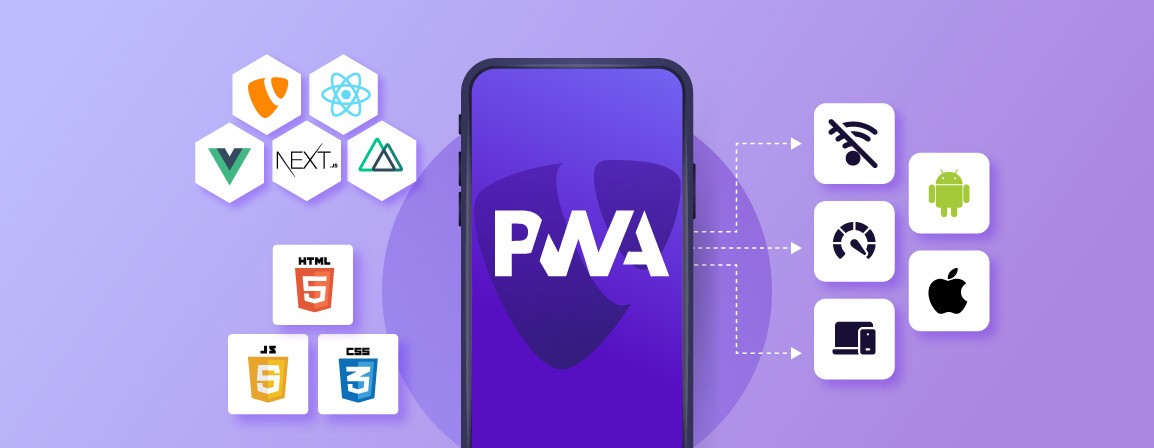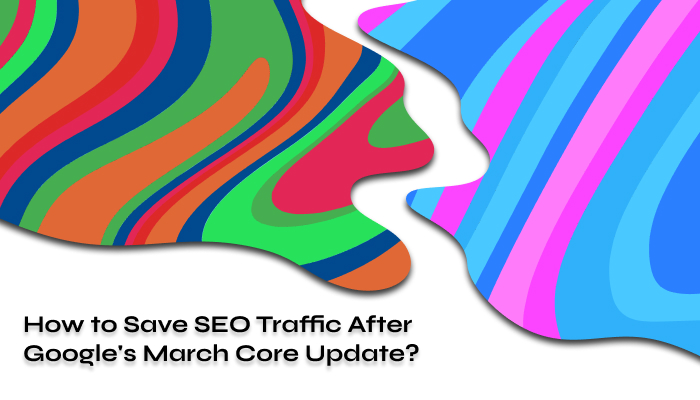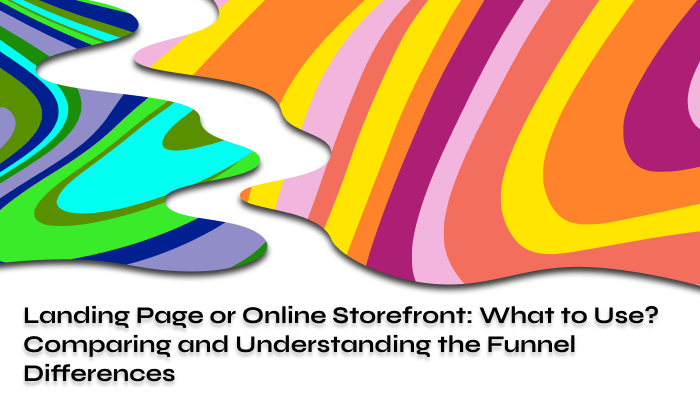Statistics show that about 90% of affiliates working with gambling drive traffic to applications. Traditionally, classic WebView was used for these purposes. However, so-called PWA applications have been gaining popularity recently. Therefore, it’s time to understand the secret of the popularity of PWA, what features they have, and why it’s worth paying attention to these applications, driving traffic not only to gambling but also to other verticals. Let’s go!
Why affiliates drive traffic to apps
There are several reasons for the popularity of mobile applications in affiliate marketing. Firstly, it’s much easier to pass moderation with them. If you drive traffic to affiliate links, there is a high probability of encountering bans, rejections, and freezes of advertising campaigns. It’s not so strict with applications. Secondly, when choosing a payment model for installs, there is more efficient and faster optimization of the advertising campaign in Facebook, which has the best effect on the conversion rate. Thirdly, when driving traffic to a link, it’s impossible to interact with the audience in the future. Applications, in turn, allow catching up with users through push notifications and stimulating them to perform the necessary actions.
What is PWA
The abbreviation stands for “Progressive Web App”. The technology itself appeared as far back as 2000, but initially didn’t gain popularity due to its modest functionality. The situation changed in the mid-2010s when modern operating systems and browsers significantly expanded their capabilities.
Technologically, PWA is not even a full-fledged application, but a mobile website opened through a browser. However, such a site has all the attributes and functionality of traditional mobile applications. Therefore, the user may not feel any difference compared to using familiar WebView. At the same time, there are several significant advantages for affiliates and webmasters.
What PWA can do
As we have already noted, progressive web applications have a wide range of features, including creating custom designs, instant downloading, the ability to install a shortcut on a mobile device screen, working in offline mode, and sending push notifications. But their advantages don’t end there.
Stores
Any WebView needs to be uploaded to the official App Store and Play Market. Therefore, all applications will be subjected to strict checks, which inevitably leads to difficulties with moderation. And even if they managed to avoid or somehow bypass it at the initial stage, no one guarantees that there will be no problems in the future. Applications can be removed from stores at any time, leading to inevitable downtime and loss not only of precious time but also possibly money.
PWA doesn’t need to be uploaded to stores, they are located on independent landing pages hosted on their own servers. That is, these apps don’t depend on stores and their policies, they simply cannot be banned by anyone and live forever. Therefore, you can be calm and confident that the site won’t stop functioning at the most critical moment.
Downloading
Classic applications require not only downloading but also installation on the device, which takes time and uses internet traffic. In addition, when downloading them, warnings about the unreliability of the source may appear, which annoys users and reduces conversion. Installing PWA happens instantly and in one click since, in essence, a simple icon with the name and logo appears on the mobile device screen. When clicked, the browser launches and opens the link embedded in PWA. The entire subsequent process of user interaction with the application is no different from using WebView.
Design
You can offer the user to download PWA from any page using any calls to action and buttons that come to mind. But since users are used to downloading regular applications through stores, landing pages for downloading PWA often fully replicate official stores in design.
Approaches can be different. For example, you can create a “Programmer’s Blog” that hacked a casino and now generously shares a modified application that cannot be lost. The user follows the familiar scenario: clicking on the ad link leads to the supposed Google Play, where the application is downloaded, and its icon appears on the smartphone. When clicking on the icon, the streaming link is triggered, and the online casino opens. At the same time, both the name and the icon can fully replicate the promoted product. Here, the only limit is your imagination.
Push
Today, PWA applications are used not only in gambling, although this niche still remains the leader. The technology has found its application in dating, finance, crypto, swipes, e-commerce, adult, games, and other verticals. Thanks to customizable push notifications, affiliates have the opportunity to contact their audience at any convenient time. Users can be informed about the appearance of a new bonus, reminded of the need to complete registration, or the most convenient time to make a first or repeat deposit. This opportunity increases conversion rates by 20-30%, and it should be used.
PWAs for Businesses
PWAs are valuable for businesses of all types. For example, businesses can send targeted notifications for users. This way you can inform people about promotions and new products. You also do not need any app store approval which allows you to reach a wider audience and by integrating analytics tools with PWAs, you can track user behavior to optimize the PWA for better conversions.
Disadvantages of PWA
Speaking about the advantages of progressive applications, it would be unfair not to mention their disadvantages. The first is to be prepared for lower conversion rates, which may be 20-30% less than WebView. Second, constant work is required to replace and configure domains. Third, a landing page is required. In addition, PWAs do not allow traffic to be poured through UAC, which may be important for some. As for the disadvantages for users, they may notice a faster battery drain. As you can see, these drawbacks cannot be considered significant, especially compared to the existing advantages.
Where to get PWA
If we have convinced you that it is definitely worth driving traffic to PWA, the question remains – where to find them? There are several options here. You can rent apps from special services, write them yourself if you have certain skills, or order from a freelancer. In addition, services are actively appearing today that allow you to create a full-fledged PWA turnkey without technical knowledge, like in a builder. Typically, such services already have ready-made designs, domains, white pages, and cloaks.
Where to advertise
When it comes to promoting PWA applications, there are no restrictions. Any familiar traffic sources are allowed: push notifications, teaser and banner advertising, social media targeting, including Facebook, native ads, doorway pages, and so on. A distinctive feature of progressive applications is their ability to be promoted through SEO, as they are essentially websites that are well indexed by search engines. The only thing to keep in mind when using paid advertising is to target the Google Chrome mobile browser.
Conclusion
Redirecting traffic to mobile applications has a number of advantages, and PWA has even more advantages compared to WebView. In conclusion, we list the key points:
- Inexpensive cost;
- Possibility of self-creation;
- No attachment to stores;
- No bans;
- Any design;
- Instant download;
- Adaptability;
- No updates required;
- Integration with push notifications;
- Search engine indexing;
- Offline mode;
- Use in different verticals.
Today, it becomes obvious that PWA is the future. Sooner or later, they will completely replace traditional native applications. Therefore, those who start using this promising technology in their work now will be one step ahead of the rest and will be able to reap all the benefits. Success!












